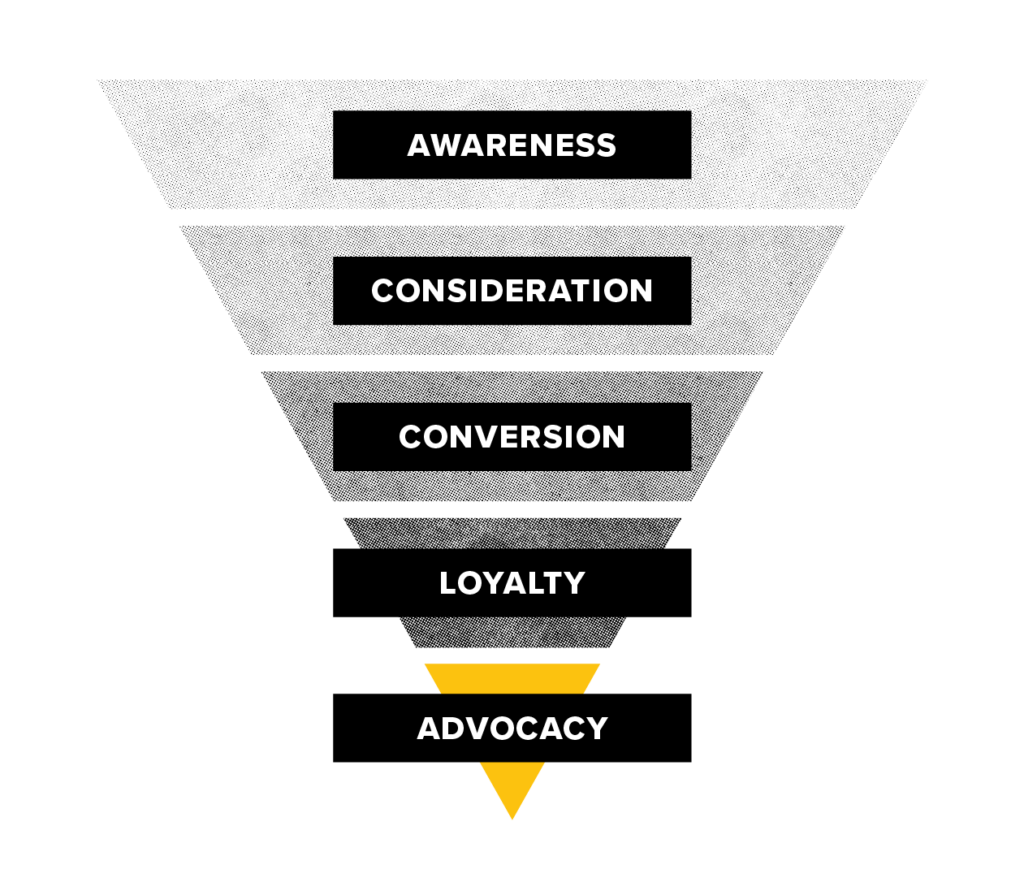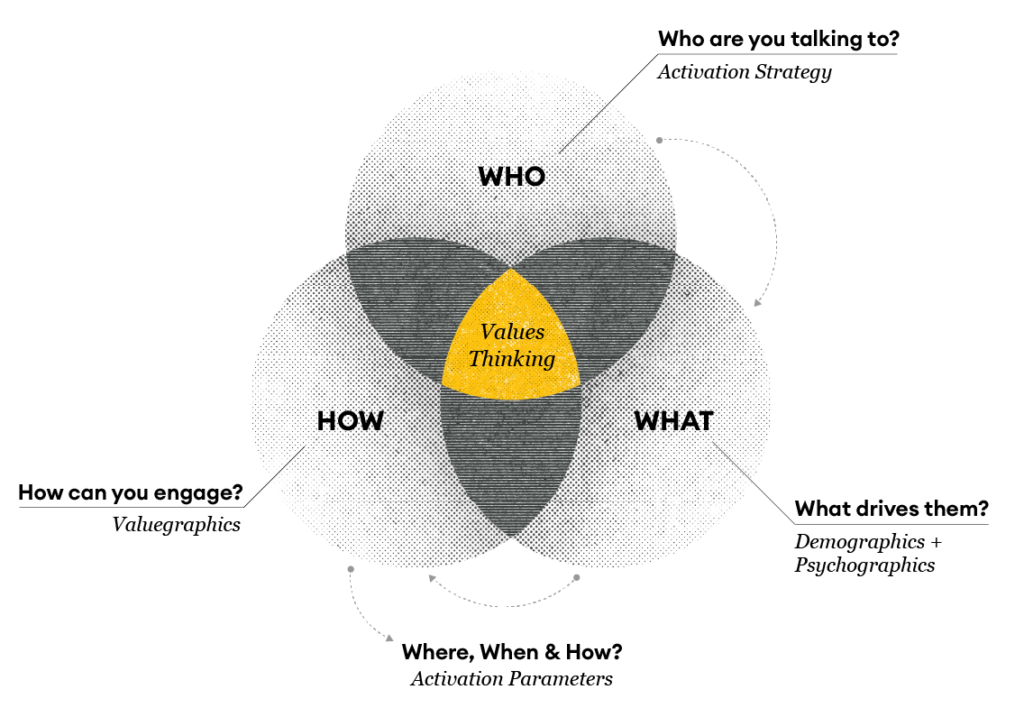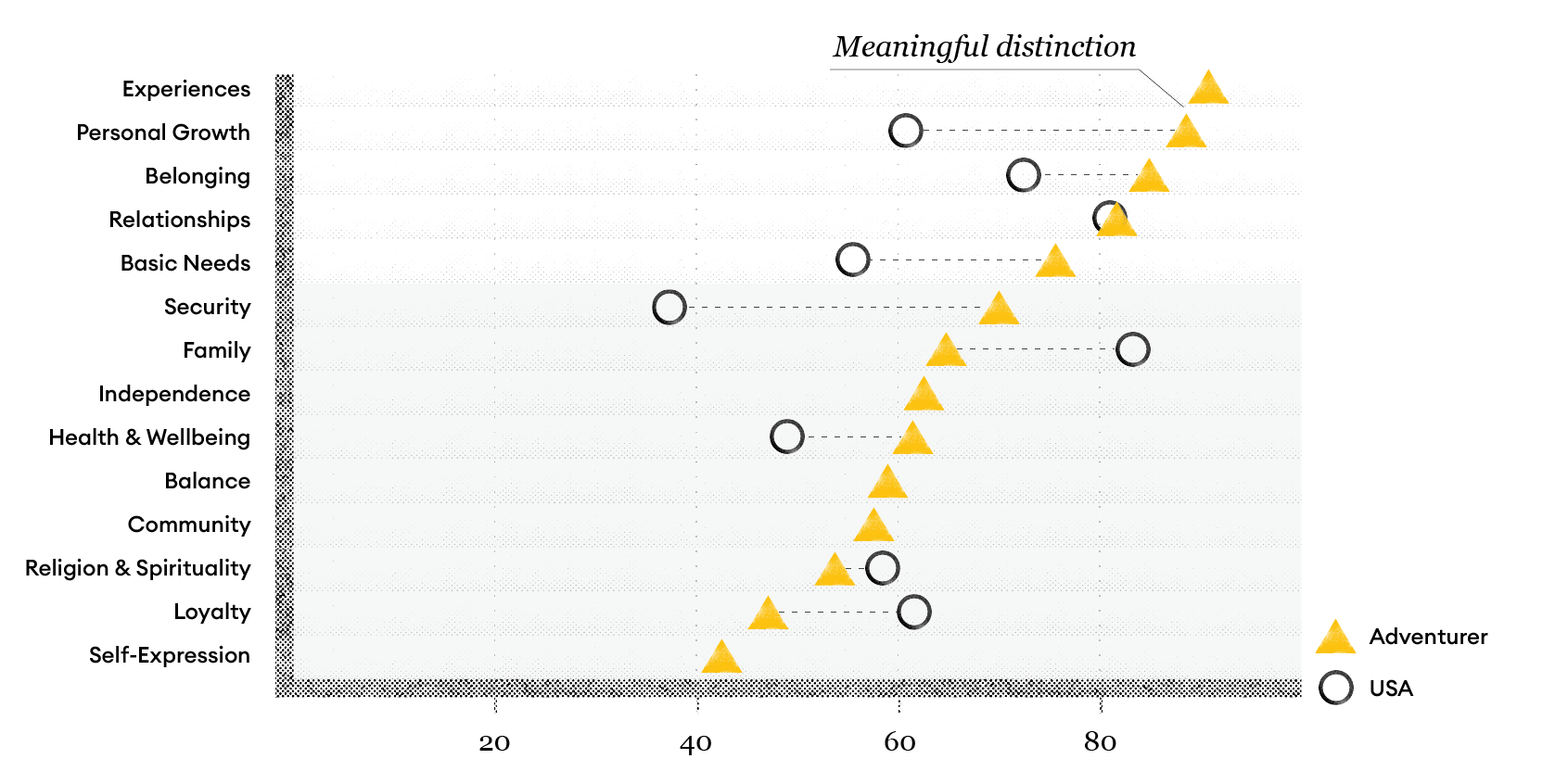About this series: In the fast-paced business world, it’s all too common to hear about companies striving to become “product-led” and chasing after metrics like velocity and conversion rates. While these numbers undoubtedly hold significance, they often overshadow the underlying force that drives the success of great products: design. Design is not just about aesthetics; it’s about understanding your customers, empathizing with their needs, and crafting solutions that meet and exceed their expectations. In this exciting three-part blog series, we will dive deep into the realm of design and design strategy and its pivotal role in achieving business goals. Let’s unlock the potential of great design as the ultimate path to great business.
Understanding the cornerstones of great product design
In the ever-evolving landscape of product design, success hinges on the ability to navigate a maze of user needs and expectations. Understanding the need at hand and then defining the actual problem is a crucial first step that can make or break the entire journey. You might have a fantastic idea for a product but if you aren’t drilling down to the true problem that this product is solving, then you aren’t going to be able to truly satisfy customers. This design stage uncovers true pain points for customers to ensure your product is solving the right problem and a real problem. Understanding user needs and defining the problem are cornerstones of successful products, ultimately paving the way for continually high business value.
Empathy: The heart of a user’s needs
User needs are the foundation of good design, placing the customer at the very heart of the product development process. It’s imperative to empathize with users’ unique experiences, desires, and pain points when creating designs that resonate. User needs specific to a problem serve as a constant reminder that humans (specifically users) are at the core of the design process. By placing the human at the center of design, user needs act as constant reminders that the end goal is not just a product but a solution that addresses real-life challenges.
Moving from good to great design requires more than just a surface-level understanding of desired functionality. It requires a combination of both qualitative and quantitative UX research techniques that delve deep into user needs. First, quantitative UX research methods provide a structured and data-driven approach to learning about user behavior and preferences. Understanding the numerical data and statistical analysis can help you quantify user interactions, preferences, and performance. Surveys, questionnaires, A/B testing, and analytics tools are common examples of quantitative research techniques. Teams don’t need to use all of them every time, but carefully selecting a combination of methods will bring some helpful data to the surface as you assess user needs. These methods allow for the identification of patterns and trends, enabling UX researchers to create informed hypotheses about user needs. Quantitative research complements qualitative research by offering a more objective and measurable perspective, providing the necessary data to think through problems and have support for business decisions.
Qualitative user experience research methods provide valuable insights into the intricacies of user behavior, emotions, and perceptions. These methods delve deep into the more nuanced and harder to quantify psychological aspects of user interactions, aiming to understand what users do and why they do it. Qualitative research techniques, such as in-depth interviews, usability testing, and ethnographic studies, offer a way to channel the individual perspectives and experiences of users. Open-ended questions and real-time observations can help researchers uncover users’ needs, pain points, and desires, shedding light on the nuances that quantitative data often cannot capture. Qualitative research is an indispensable tool for human-centered design, enabling designers and businesses to truly understand user needs on a deeper level.
User needs are the baseline of effective design and encapsulate the essence of what the user truly desires and values. Before jumping to solutions or pixels, design teams must first empathize with their target audience, truly understanding their hopes, aspirations, and pain points. Taking the time to crystallize the human-focused needs and desires of the users ensures that every design decision is rooted in empathy and a genuine desire to enhance the user experience. Businesses that research, prioritize, and build products for these needs are not only better equipped to stay competitive in an ever-changing market but also to forge lasting, meaningful connections with their customers.
We know a thing or two about consumer values. Check out our post on the new persona playbook.
Crafting the perfect product design problem statement
With a solid understanding of user needs in hand, next up is crafting a clear problem statement to fuel product creation. A well-defined problem statement encapsulates the precise challenge that needs to be addressed, serving as instructions for design teams. Outlining the problem’s scope and context ensures that the design effort remains aligned with the customers’ real pain points and needs, allowing for a solution that truly resonates with them. This clarity and alignment fosters creativity and innovation in finding the optimal solution. It ensures that the entire team is headed in one direction, toward solving one problem. A well-crafted problem statement that is based on solid UX research guides the design process toward an excellent customer experience.
When thinking about the parts of a perfect problem statement, you must consider the person as well as the problem. This might be a problem that only a certain type of person has or a problem that lots of people have but only at specific moments in their lives. The person in the middle of the problem is just as important as the problem itself and cannot be separated from the problem statement. In addition to the who, problem statements must also consider the why but without the how. When the right amount of research has been done, there should be no trouble succinctly explaining for whom the problem exists and why. As the team sets out to create a solution for this problem, user needs and problem statements come into play. The goal is to reach an actionable problem statement that defines for whom you’re building the product or feature and why.
The positive impact of a clear problem statement reverberates through the entire business ecosystem. First and foremost, it reduces the risk of costly missteps in product creation. By defining the problem clearly, teams can avoid the pitfall of investing time and resources into solutions that do not address the root issues. It ensures that design efforts are aligned with the actual needs and pain points of the target audience and that the team is setting out to solve for the user and their why. As a result, products are more likely to resonate with and create value for users, leading to enhanced customer satisfaction, loyalty, and advocacy. A great problem statement empowers businesses to differentiate themselves in the market, gain a competitive edge, and drive sustainable growth. In sum, a clear problem statement acts as the catalyst for great design, and when design excels, so does business.
Learn more about Tallwave’s Digital Experience Design Services.
Wrapping Up: Great design, greater user experience
In the realm of product design and business success, two critical elements stand out as paramount: crafting well-defined user needs statements and clear problem statements. These statements act as the guiding light that illuminates the path to exceptional design and, in turn, outstanding business performance. User needs statements distill the essence of what customers truly value, enabling design teams to create products that resonate, cultivate customer loyalty, and fuel lasting trust. Clear problem statements also serve as a map for design, defining the challenge, scope, and objectives. They streamline decision-making, stimulate innovation, and ensure that design efforts align with real customer needs, ultimately reducing the risk of costly errors. The result is a positive ripple effect that enhances customer satisfaction, differentiation in the market, and sustainable business growth. In sum, these foundational statements are the key to unlocking the synergy between great design and great business.
Are you ready to embrace great design and improve customer experiences? We’re all ears. Let’s talk about your next project. And there’s more on the way; stay tuned for the second installment of this series! We’ll delve into how collaboration leads to the best design outcomes.

















